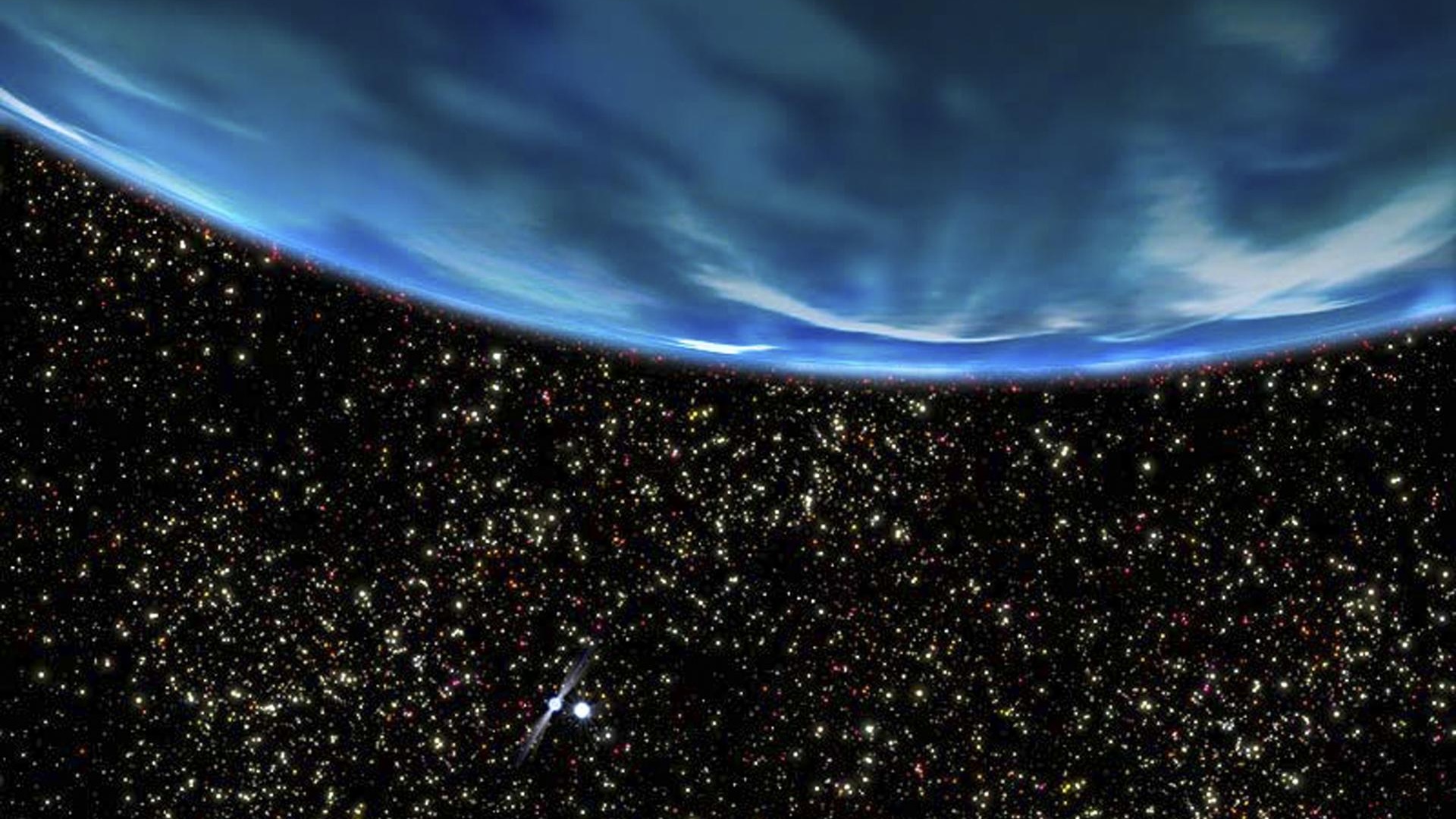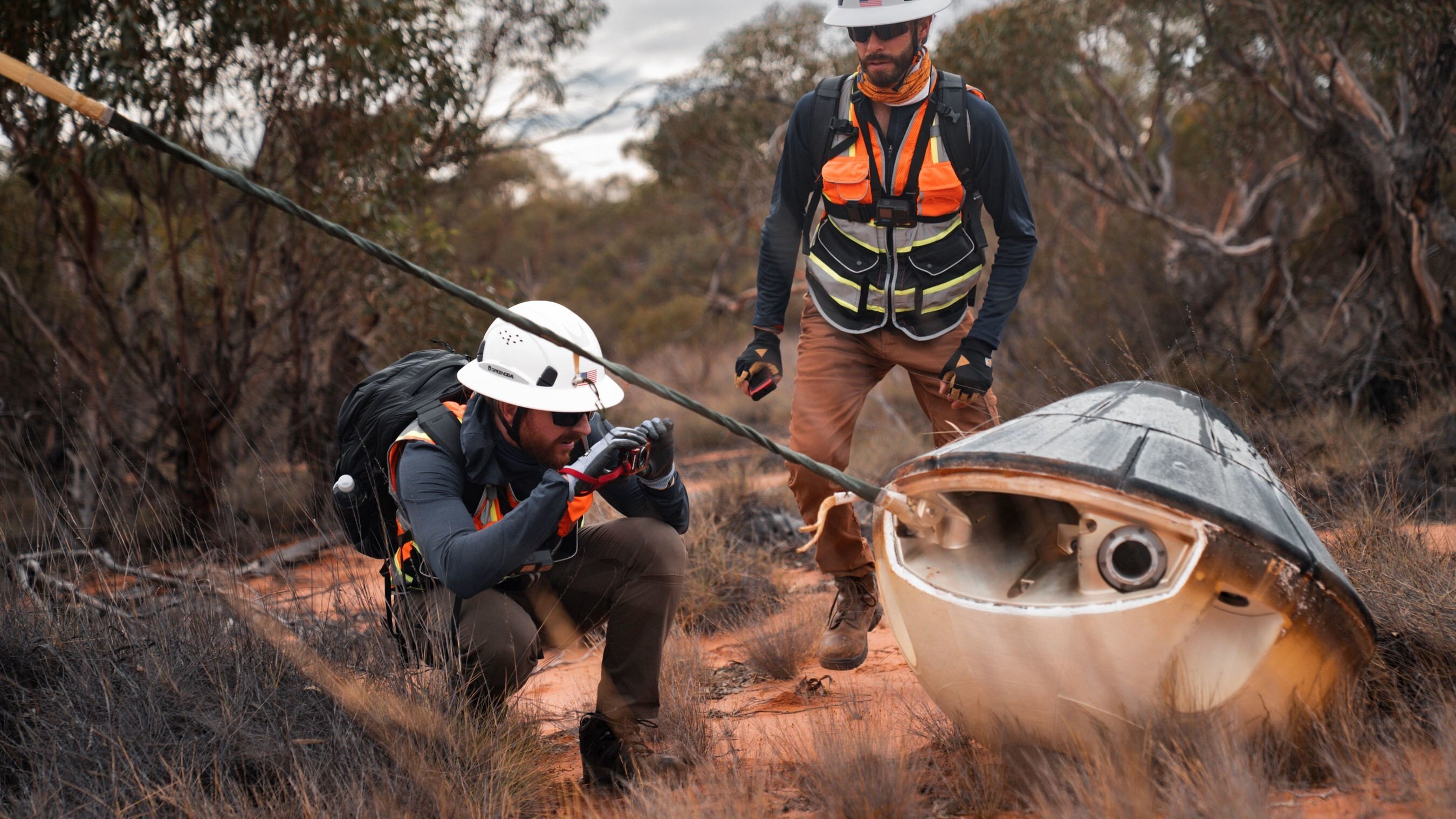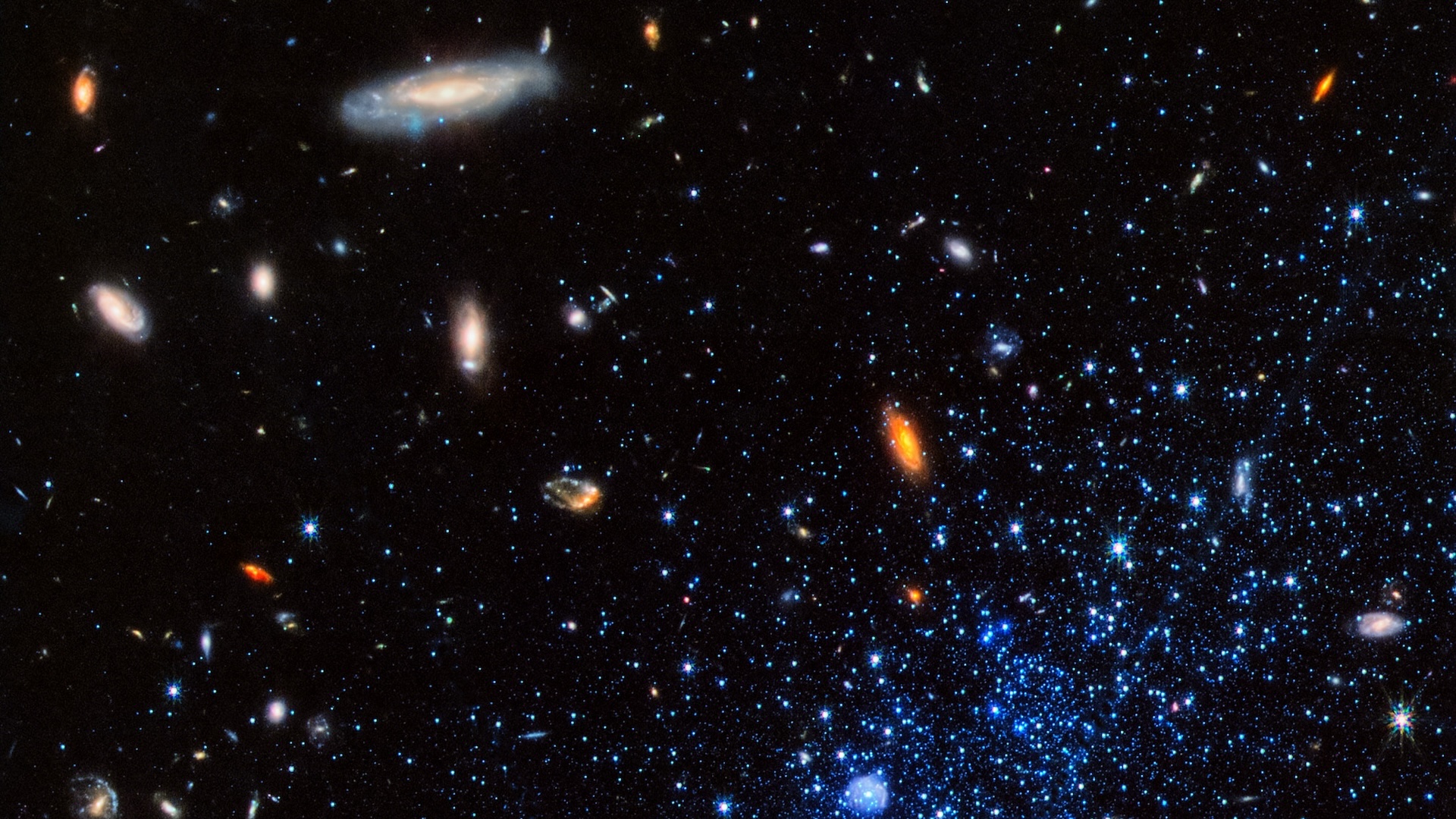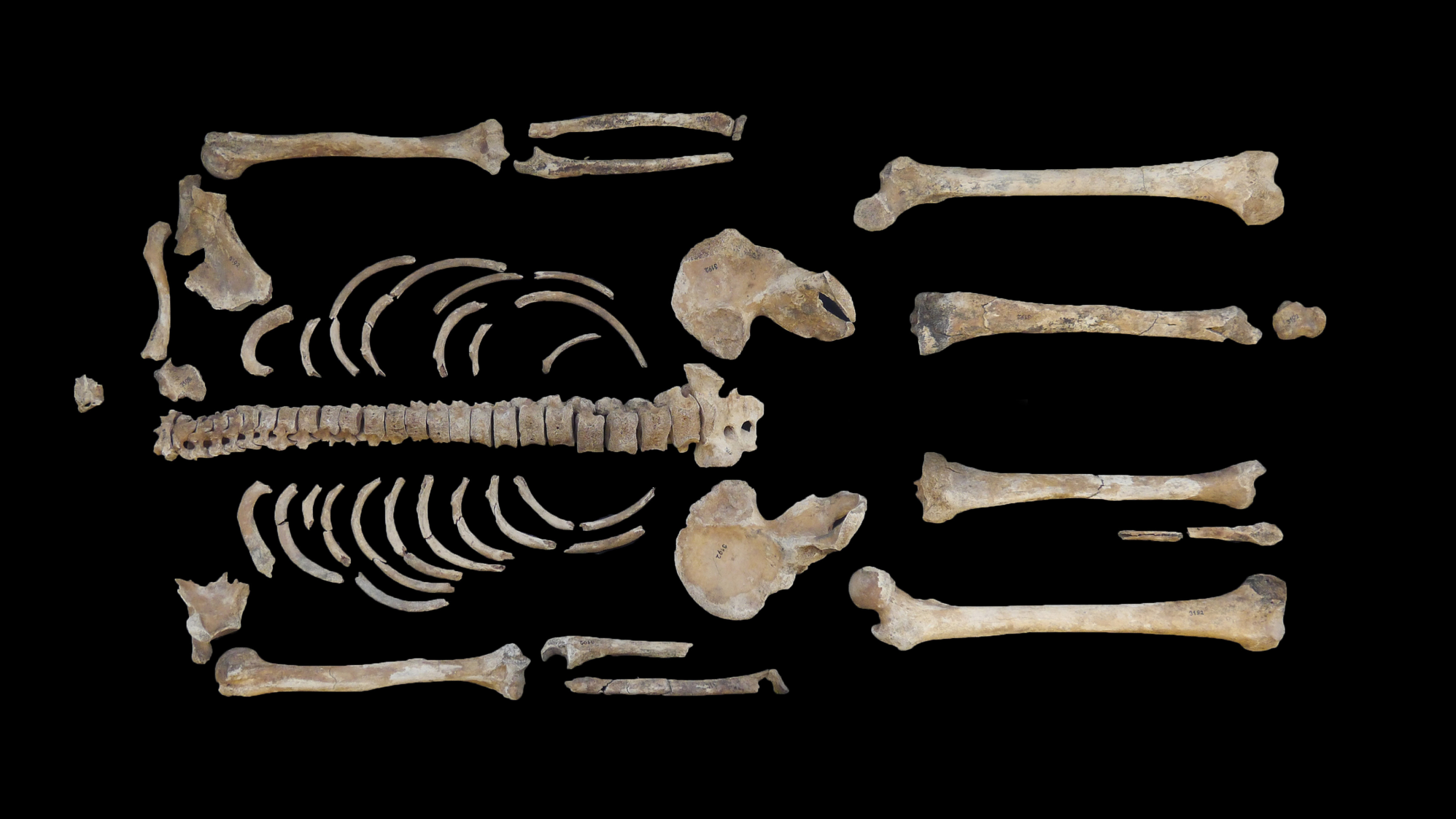Space news, features and articles
Explore Space
Editor's Picks
Latest about Space
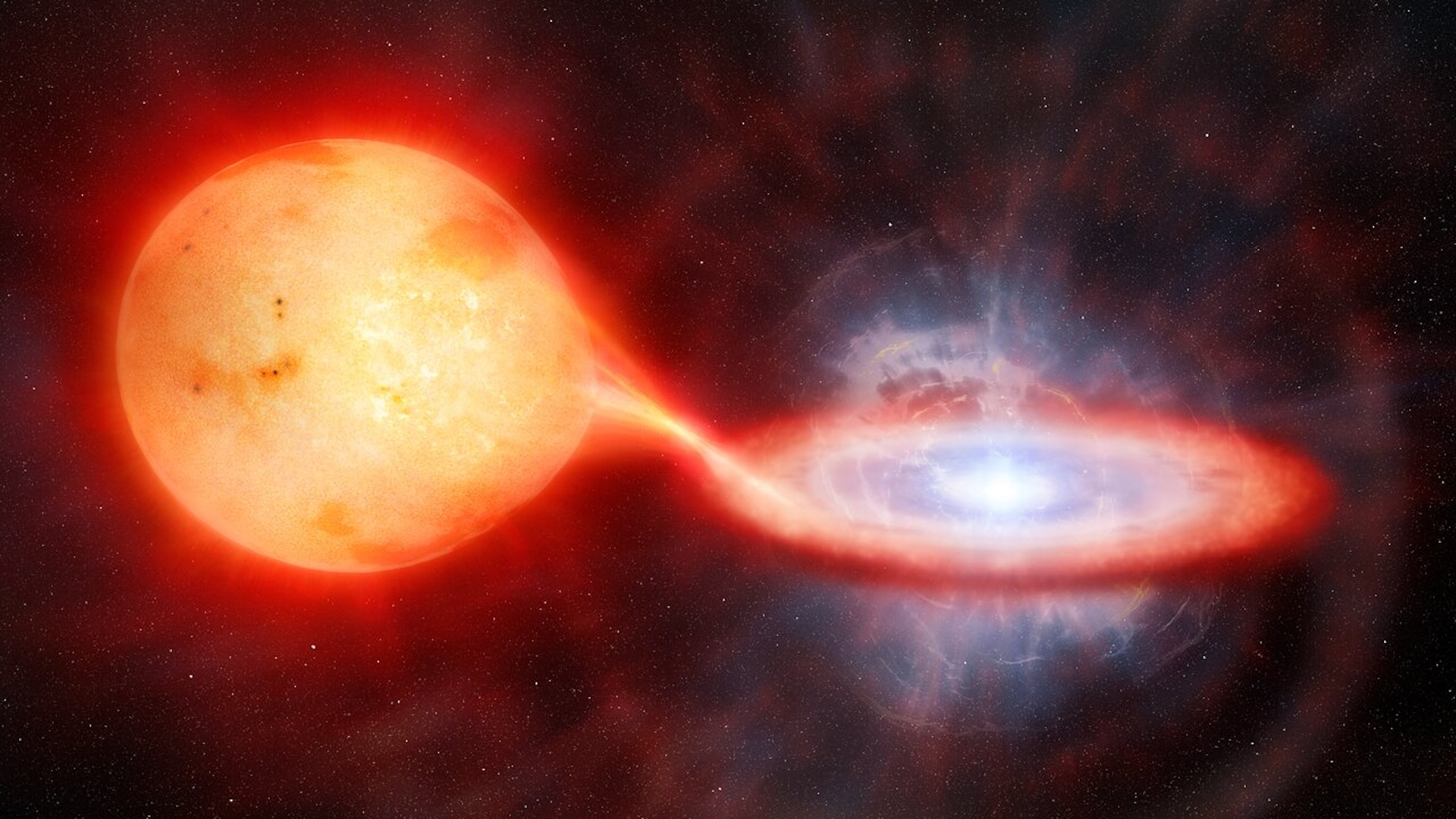
Weird repeating explosion beyond the Milky Way is one of the hottest blasts scientists have ever seen
By Shreejaya Karantha published
Researchers conducted the first-ever near-infrared analysis of an extragalactic recurrent nova and found it is one of the hottest nova explosions ever discovered.
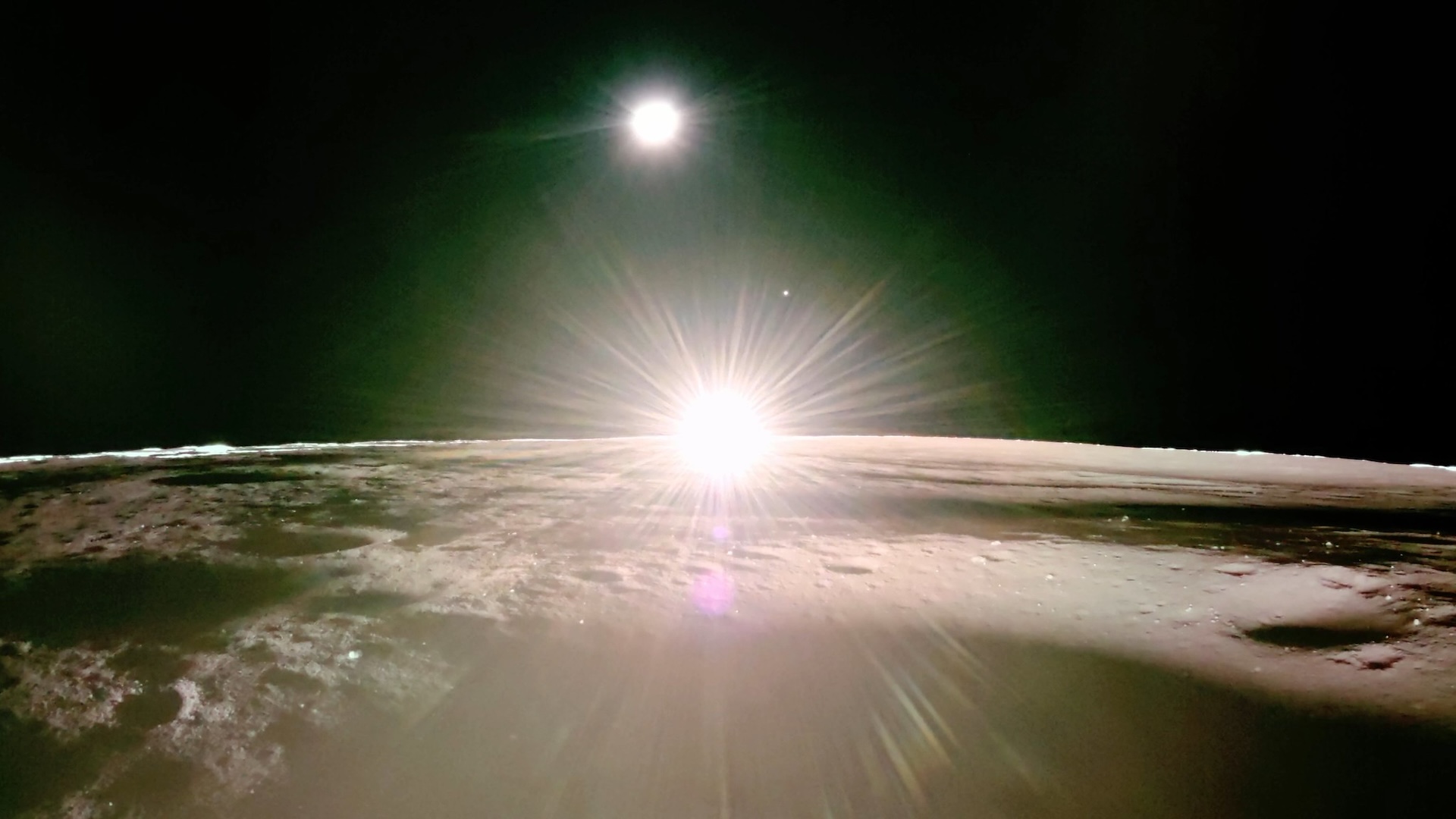
Space photo of the week: The last sight you see before dying on the moon
By Jamie Carter published
The final act of the Blue Ghost lander's busy two weeks on the moon was to send back sunset shots featuring Earth and Venus.
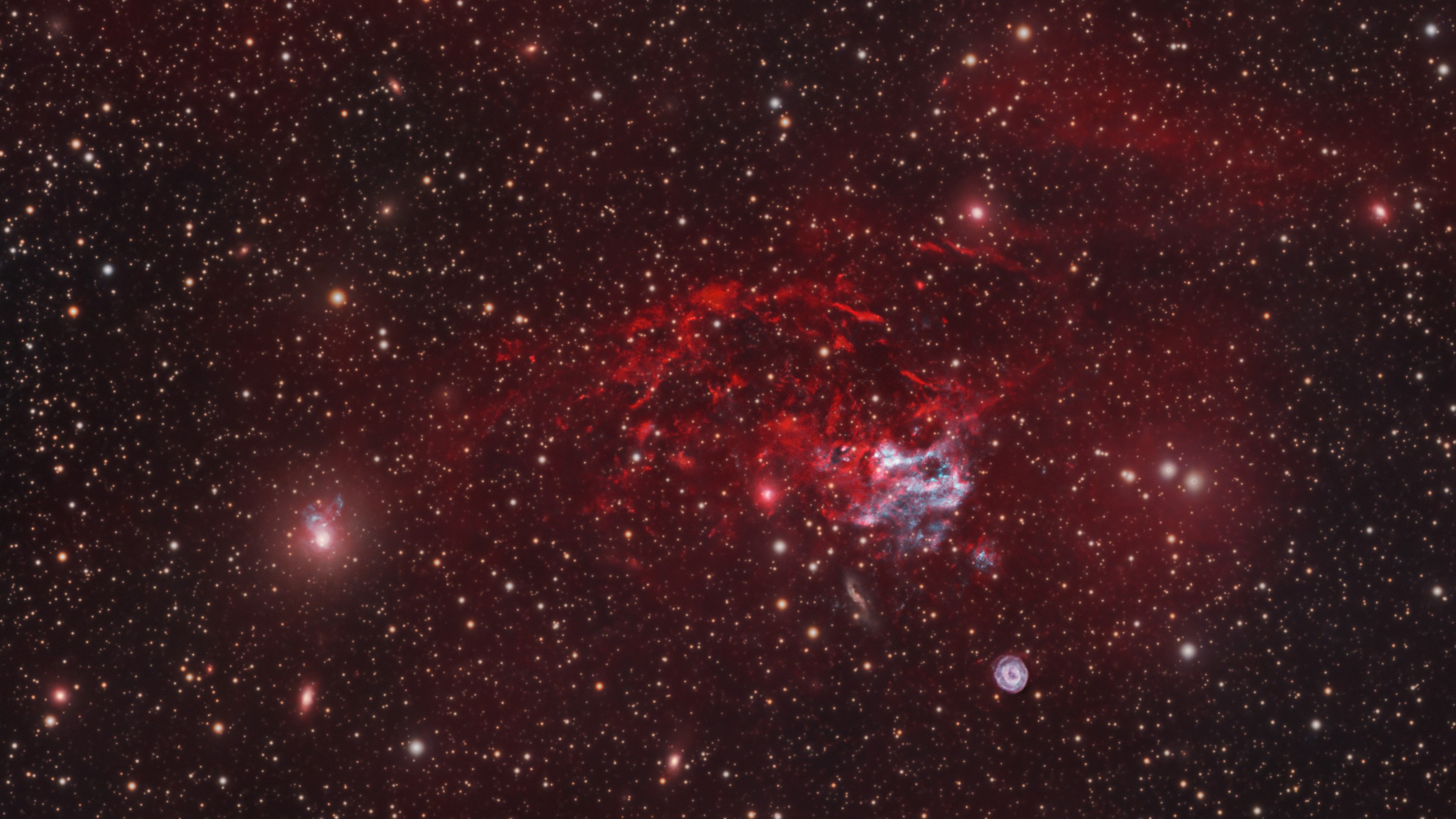
Record-setting black hole 'echo' accidentally uncovered by high-school student
By Jenna Ahart published
While sifting out signatures of supernova remnants, a high-schooler stumbled upon the afterglow of a dormant black hole. It may be one of the largest ever seen.
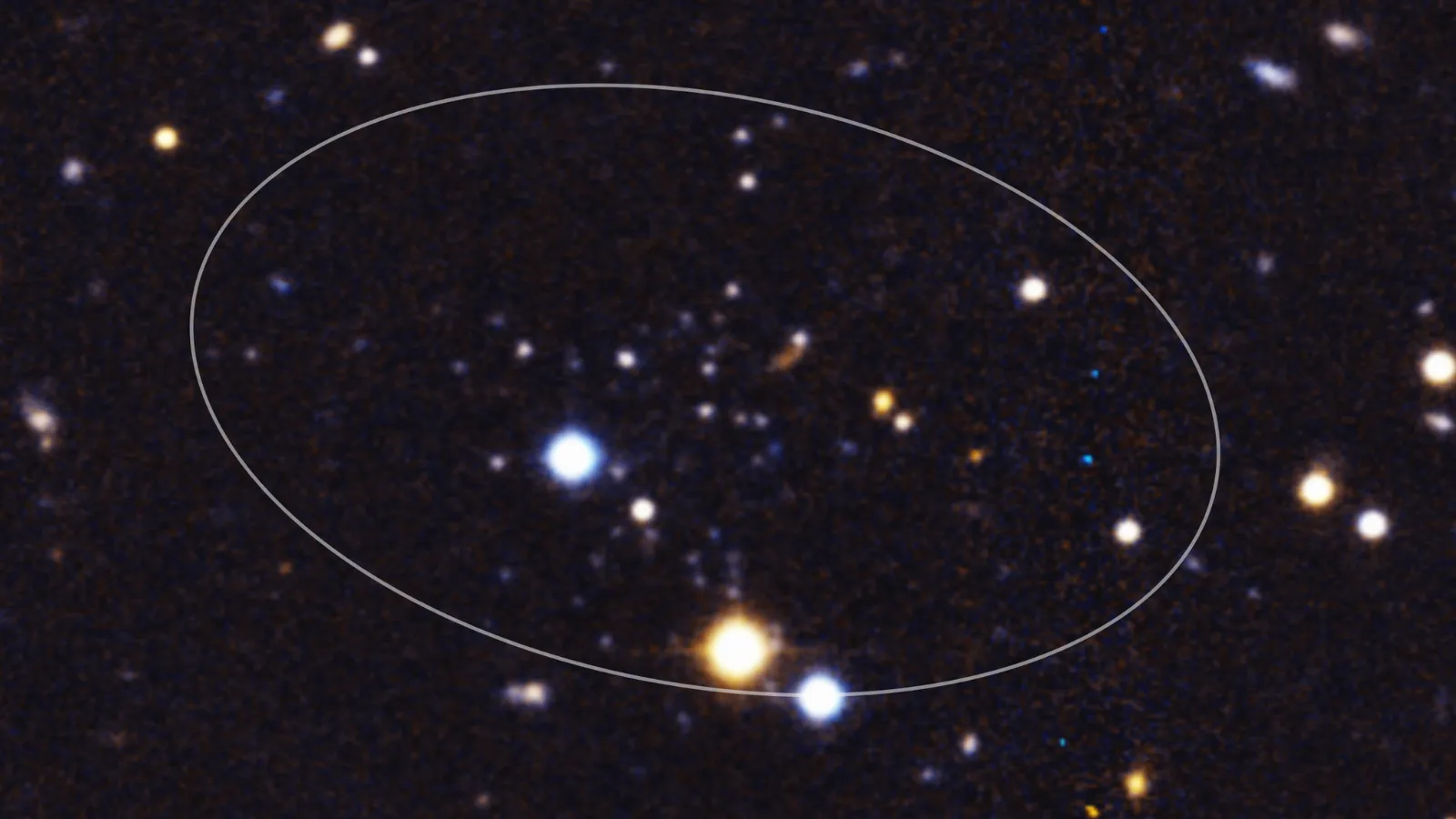
Scientists discover smallest galaxy ever seen: 'It's like having a perfectly functional human being that's the size of a grain of rice'
By Robert Lea published
Astronomers have discovered the smallest dwarf galaxy ever seen. It is a mystery how the satellite galaxy of Andromeda survived the blistering conditions of the early universe.
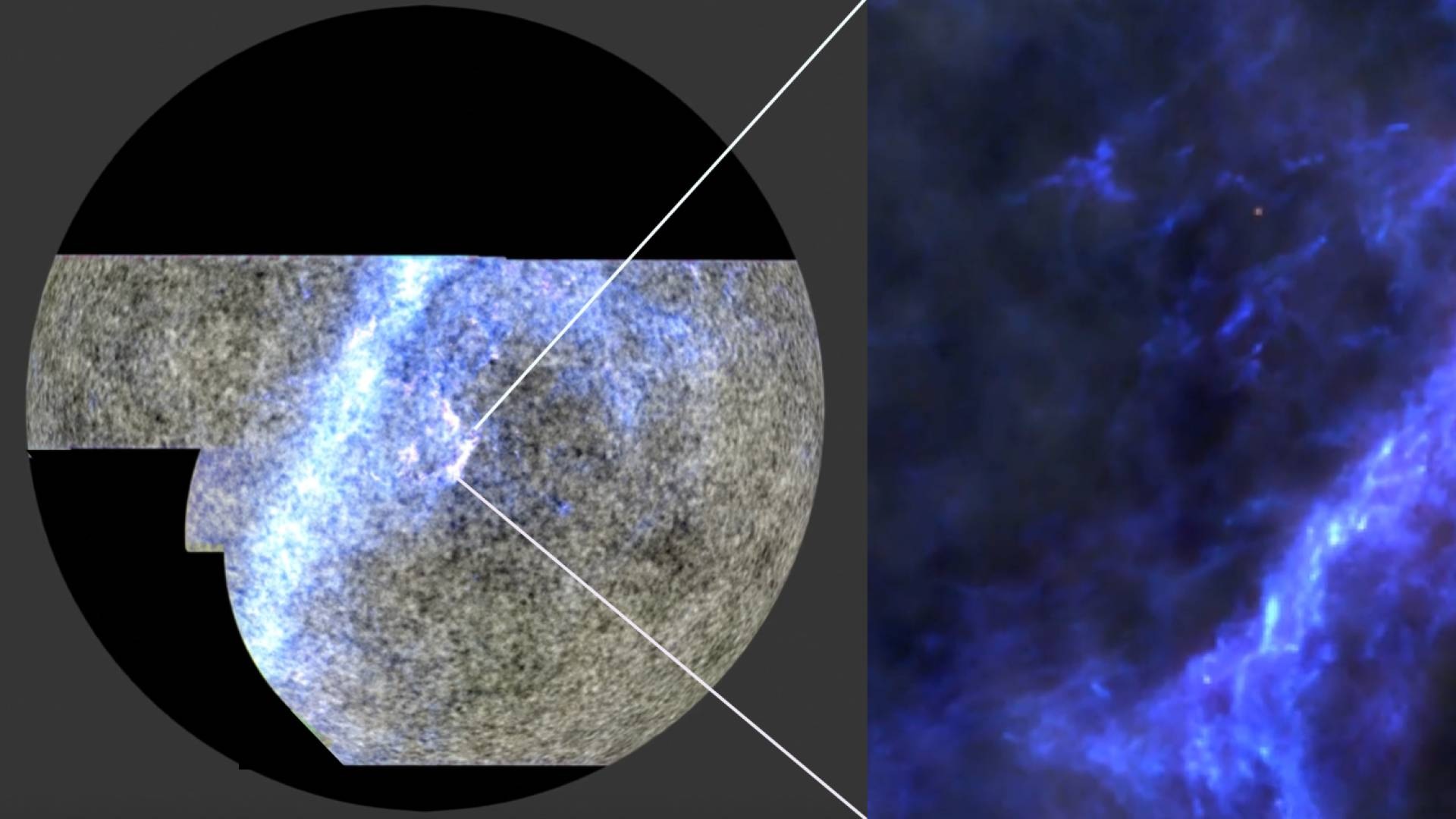
Atacama Telescope reveals earliest-ever 'baby pictures' of the universe: 'We can see right back through cosmic history'
By Sharmila Kuthunur published
New observations with the Atacama Cosmology Telescope in Chile reveal the earliest-ever "baby pictures" of our universe, showing some of the oldest light we can possibly see.
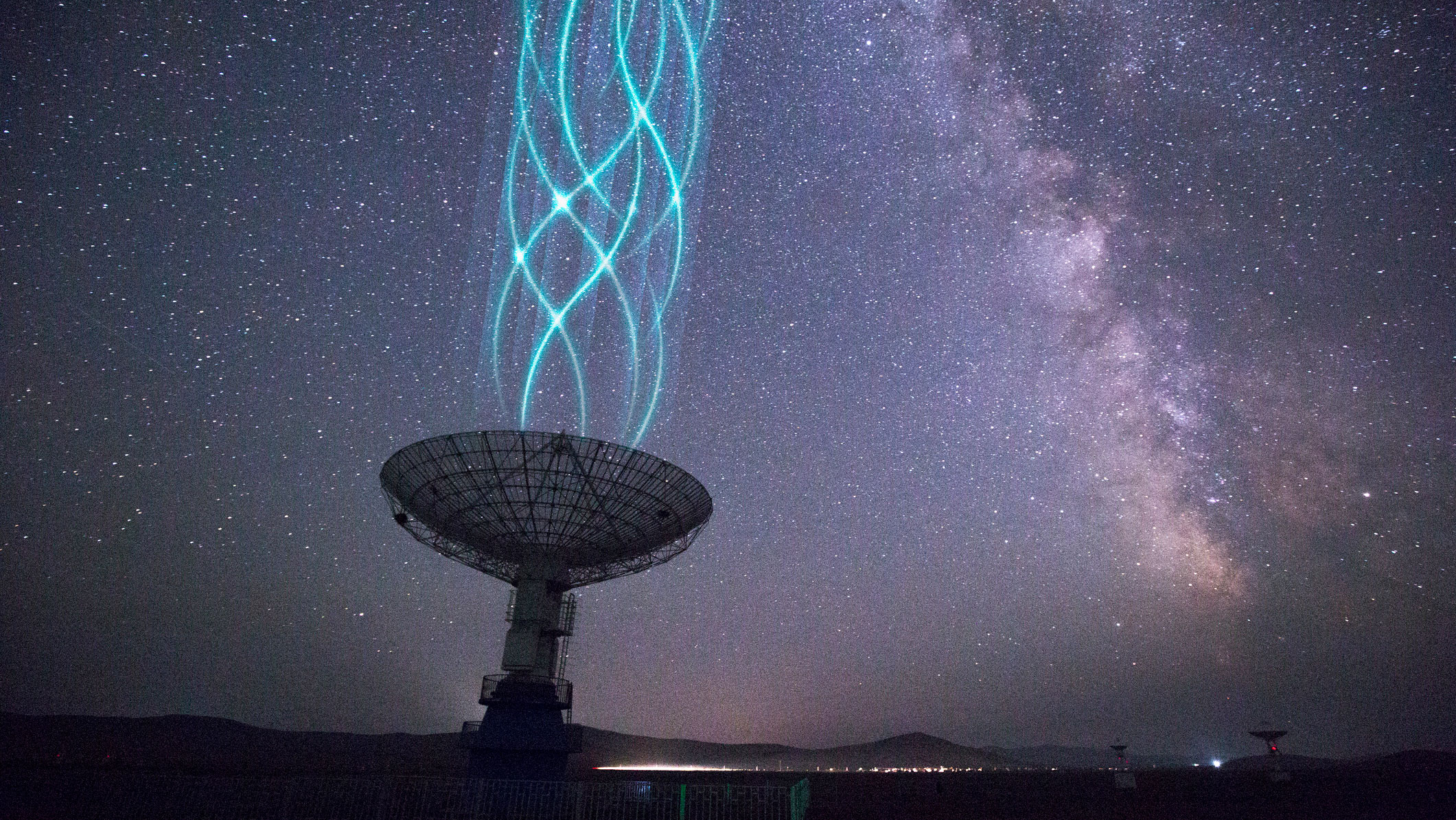
Extraterrestrials quiz: Are you an alien expert, or has your brain been abducted?
By Alexander McNamara published
Quiz Try this aliens quiz and see how much you know about our interstellar neighbors — if there are any.
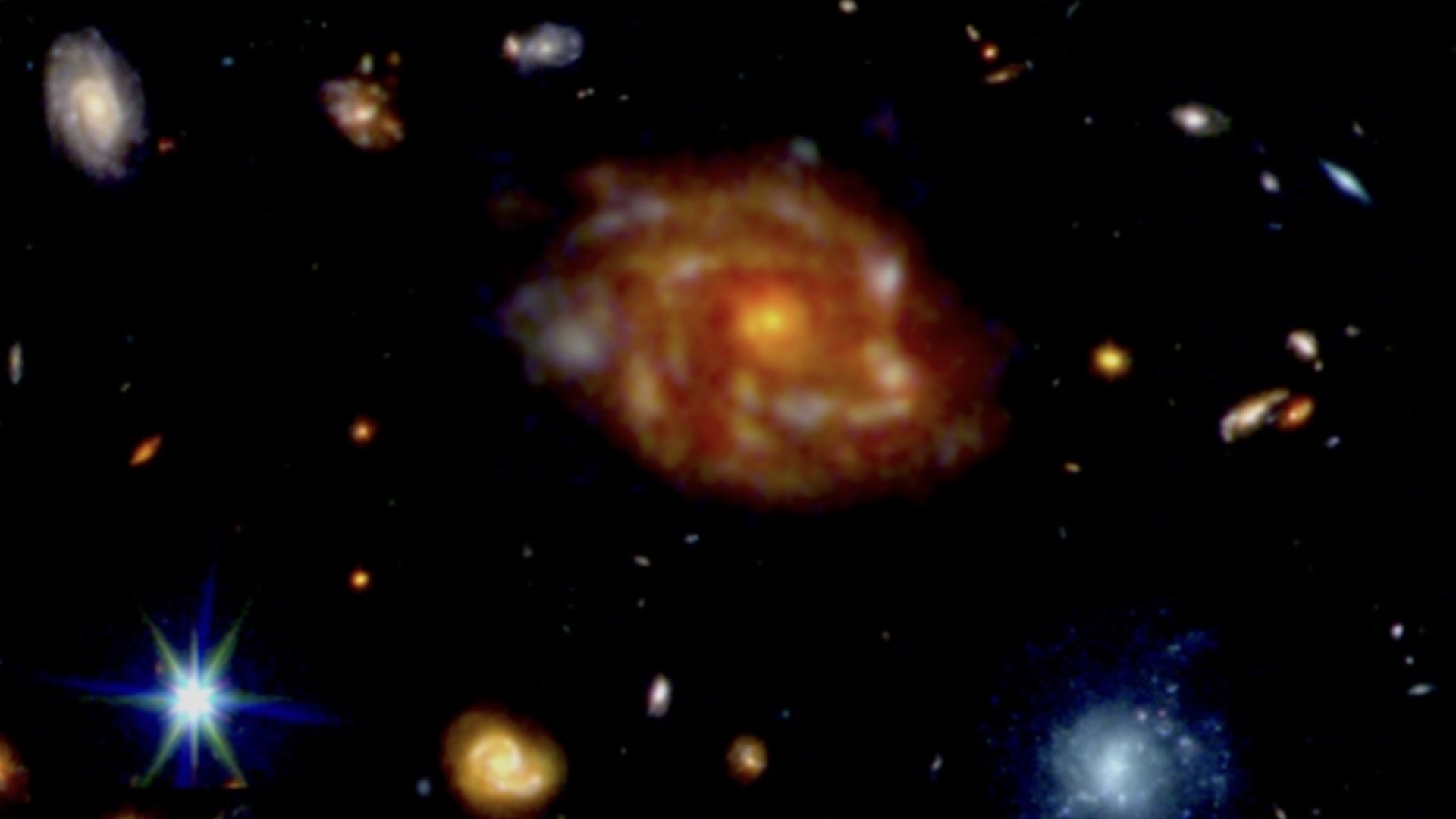
'We had less than a 2% chance to find this': James Webb telescope uncovers baffling 'Big Wheel', one of the most massive galaxies in the early universe
By Themiya Nanayakkara published
Astronomers using the James Webb Space Telescope have discovered an object they've dubbed 'Big Wheel,' a gargantuan galaxy spinning through the early universe and growing larger by the second.
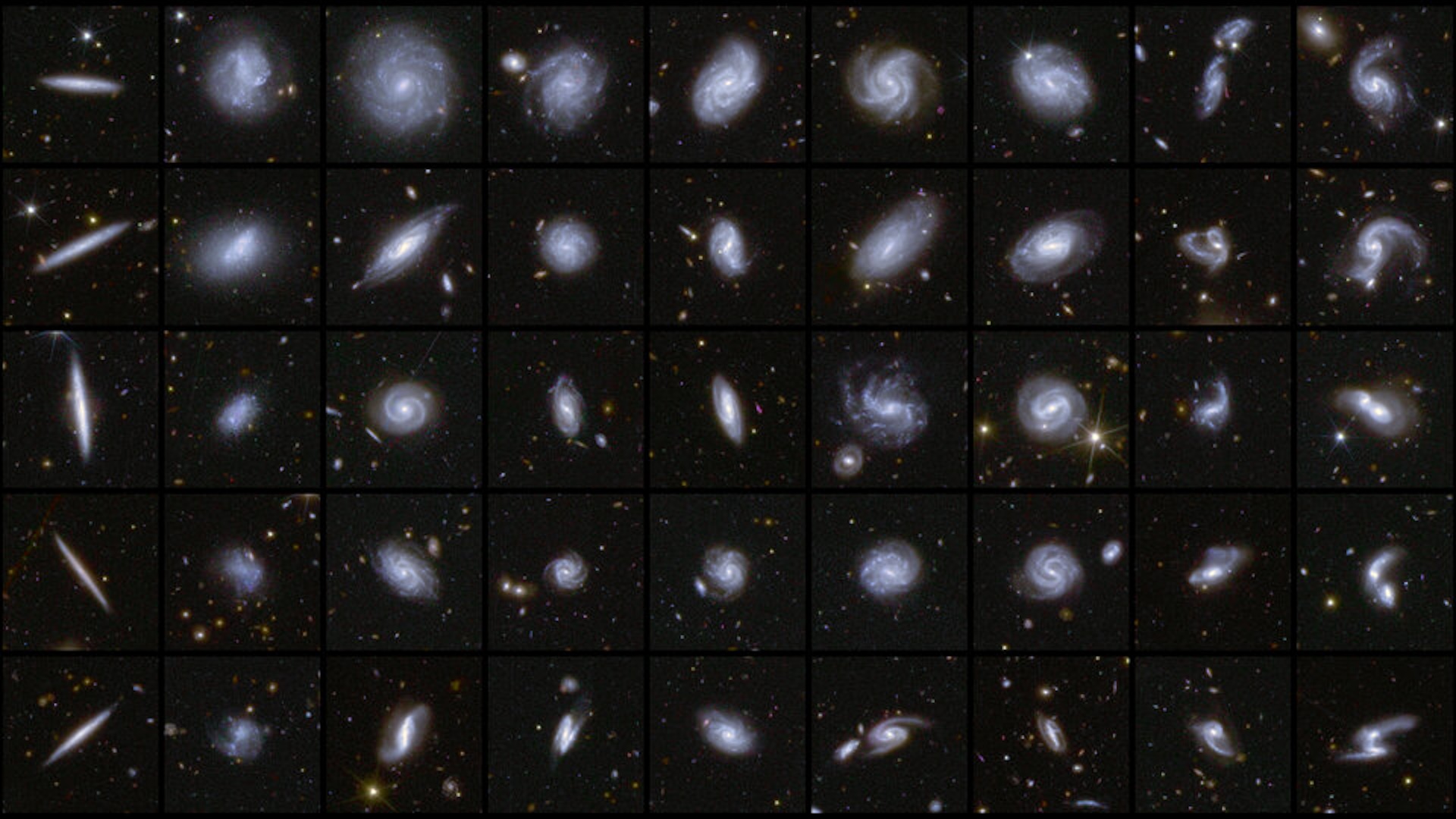
First data from Euclid space telescope reveals 26 million galaxies — and another 1.4 billion are on the way
By Skyler Ware published
The Euclid space telescope has spotted 26 million galaxies in just one week of observations.
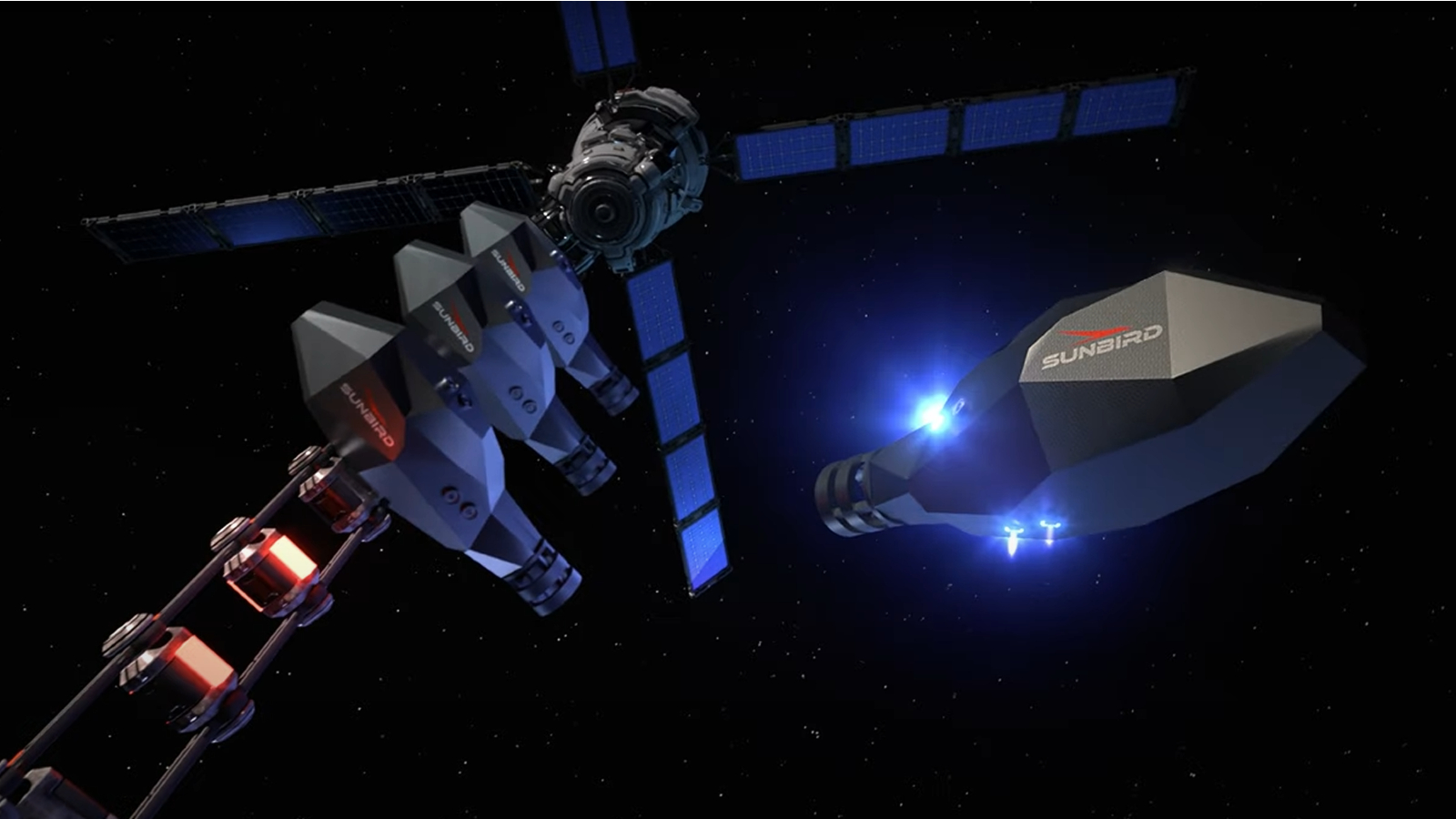
Futuristic, 'alien-like' nuclear fusion rockets developed in total secret could revolutionize space travel — if they actually work
By Harry Baker published
U.K. start-up Pulsar Fusion has unveiled plans to build a fleet of reusable nuclear fusion-powered rockets, known as Sunbirds, that could cut journey times across the solar system in half. But not everyone is convinced.
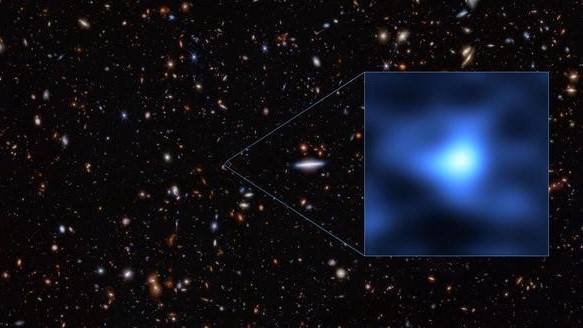
'I was astonished': Ancient galaxy discovered by James Webb telescope contains the oldest oxygen scientists have ever seen
By Ben Turner published
Scientists have made the record-breaking detection of oxygen in an ancient galaxy that existed just 300 million years after the Big Bang. The detection is prompting astronomers to rethink how quickly stars and galaxies formed in the young universe.
Sign up for the Live Science daily newsletter now
Get the world’s most fascinating discoveries delivered straight to your inbox.
